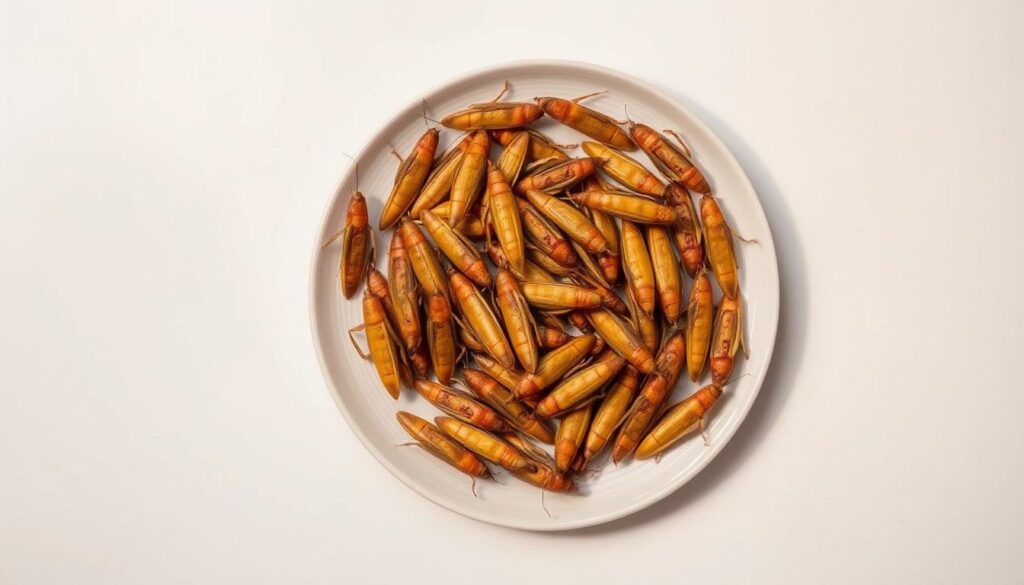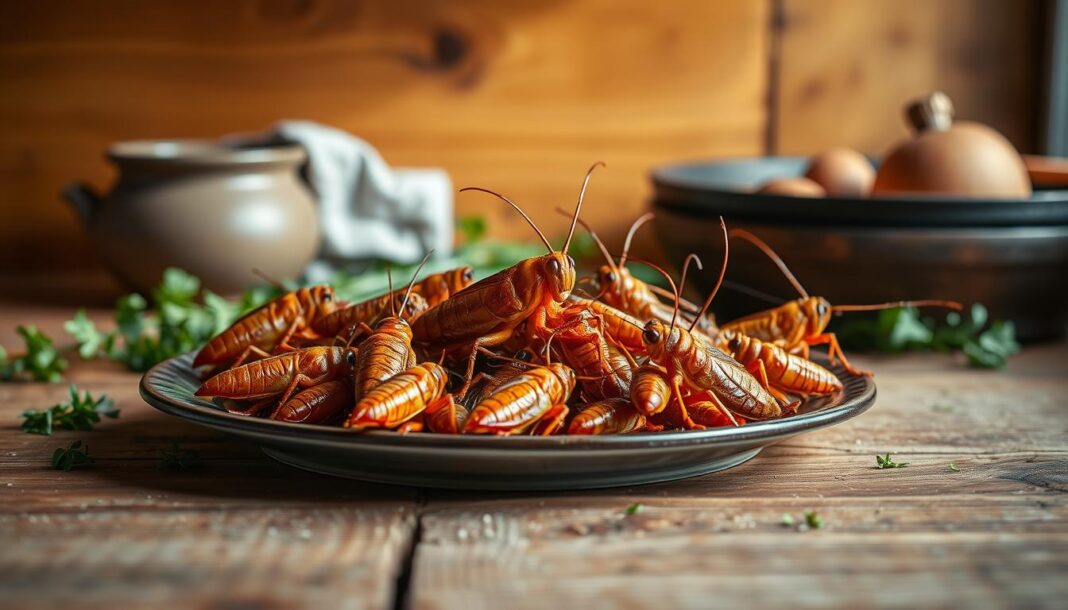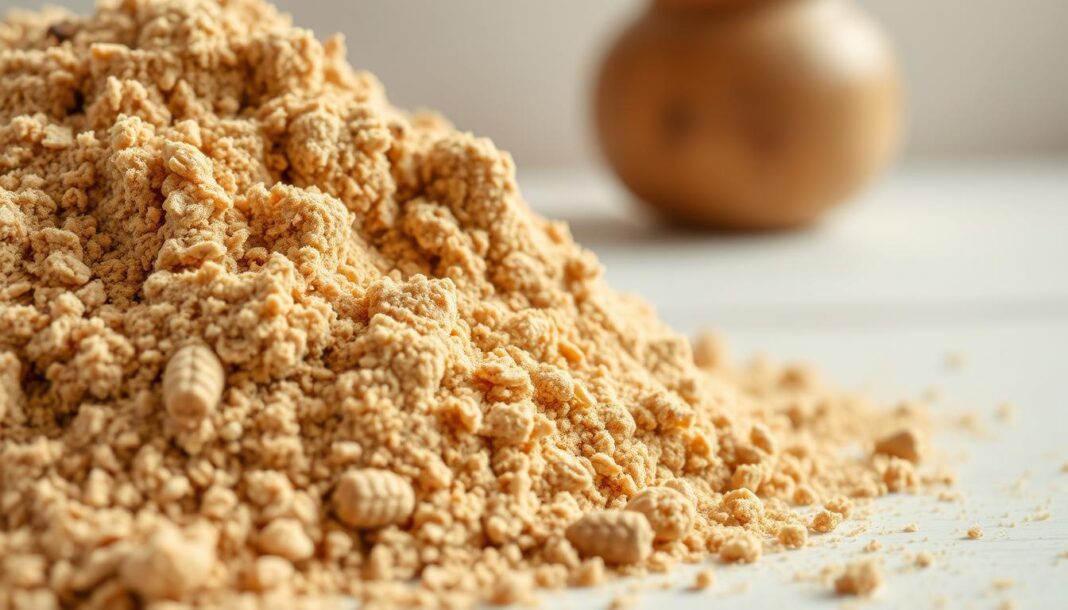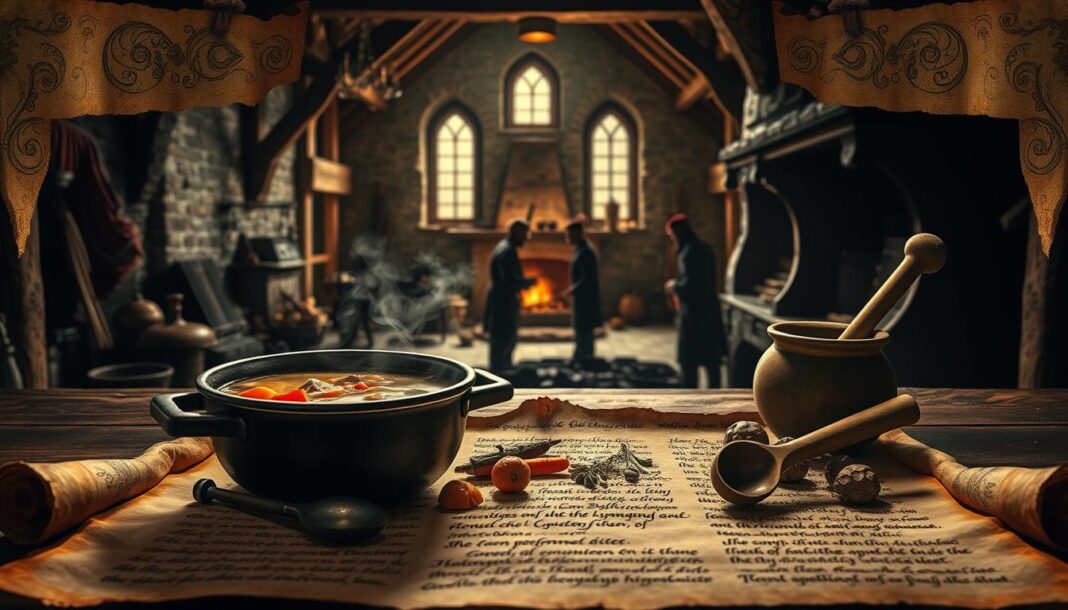For centuries, locusts have been viewed as pests that ravage agricultural crops, leaving communities without food. However, in many cultures across Asia, Africa, and the Middle East, these insects have been transformed into a valuable food source. Rich in protein, locusts offer a sustainable alternative to traditional snacks.
We will explore how grasshoppers and locusts have become integral to various cuisines, with cooking methods ranging from simple roasting to complex preparations. As the world shifts towards sustainable protein sources, the practice of entomophagy (the consumption of insects) is gaining popularity. For instance, a recipe like “Moshe Basson’s Crisp Grasshoppers” showcases the culinary potential of these insects.
By examining traditional and contemporary cooking methods, we aim to provide insights into incorporating locusts into modern cuisine, highlighting their versatility and nutritional benefits.
The Nutritional Value of Cooked Locust
The nutritional benefits of locusts are substantial, making them a valuable food source. We have found that locusts offer an impressive nutritional profile, containing approximately 60% protein by dry weight.
Locusts provide essential amino acids, vitamins (particularly B vitamins), and minerals including iron, zinc, and calcium. Historically, they have served as an important nutritional supplement in regions where other protein sources were scarce, helping people meet their dietary needs.

| Nutrient | Value per 100g | % Daily Value |
|---|---|---|
| Protein | 60g | 120% |
| Iron | 5mg | 28% |
| Zinc | 3mg | 20% |
Cooked locusts are not only a nutrient-dense food but also a sustainable choice, with a lower environmental footprint compared to conventional livestock.
Preparing Locusts for Cooking
To unlock the culinary potential of locusts, a thorough preparation process is essential. We start by purging live locusts, keeping them in a container without food for 12-24 hours to clear their digestive tracts. This step is crucial for cleanliness and palatability.
Next, we blanch the locusts in boiling water for 2-3 minutes. This not only kills them humanely but also begins to break down their exoskeleton, making them more palatable. After blanching, we thoroughly drain the locusts and pat them dry.
Removing the inedible parts is the next step. Typically, this involves discarding the wings, heads, and sometimes the legs, although some recipes call for keeping the larger hind legs due to their meat content. For optimal texture, removing excess water is crucial; this can be achieved by briefly dry-roasting the blanched locusts in a hot pan.
| Step | Description | Purpose |
|---|---|---|
| Purging | Keep locusts without food for 12-24 hours | Clear digestive tracts |
| Blanching | Boil in water for 2-3 minutes | Kill humanely and break down exoskeleton |
| Drying | Pat dry after blanching | Remove excess moisture |
| Removing Inedible Parts | Discard wings, heads, and sometimes legs | Enhance palatability |

The preparation oflocustsmay seem labor-intensive at first, but with practice, it becomes as routine as preparing other protein sources. The advantage of using locusts is that there’s very little waste compared to conventional meats.
Popular Cooked Locust Recipes
Exploring the culinary world of locusts reveals a variety of fascinating recipes. Locusts are a versatile ingredient, enjoyed in different cultures around the globe.
Japanese Inago no Tsukudani
Inago no tsukudani is a traditional Japanese dish where locusts are boiled in a mixture of soy sauce and sugar. This method of preparation, known as “tsukudani,” brings out the unique flavor of the locusts.
Middle Eastern Crispy Fried Locusts
A popular recipe in the Middle East involves frying locusts until crispy. The process includes boiling 25 locusts in 2 liters of vegetable stock with turmeric, then coating them in seasoned flour, beaten egg, and finally frying in olive oil for 1-2 minutes.
Locust with Wild Herb Emulsion
A modern twist on traditional locust dishes involves roasting them with butter and salt, then serving with a wild herb emulsion. This dish showcases culinary innovation by pairing roasted locusts with sophisticated accompaniments.
| Recipe | Preparation Method | Key Ingredients |
|---|---|---|
| Japanese Inago no Tsukudani | Boiled in soy sauce and sugar | Locusts, soy sauce, sugar |
| Middle Eastern Crispy Fried Locusts | Fried in olive oil | Locusts, olive oil, turmeric, flour, egg |
| Locust with Wild Herb Emulsion | Roasted with butter and salt | Locusts, butter, salt, wild herbs |
Conclusion
With the growing interest in sustainable food options, cooked locusts emerge as a promising ingredient. We’ve seen that locusts offer nutritional and environmental advantages over conventional proteins. They can be prepared using oil in simple to complex dishes, appealing to various palates. As people explore sustainable options, locusts offer valuable insights. Learn more about locusts on Wikipedia.


